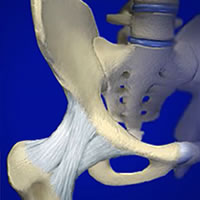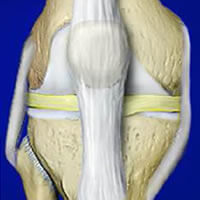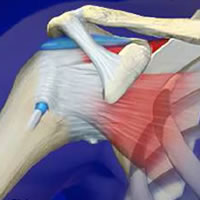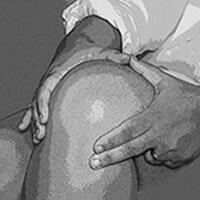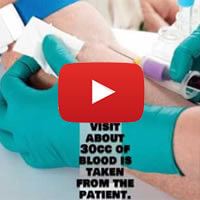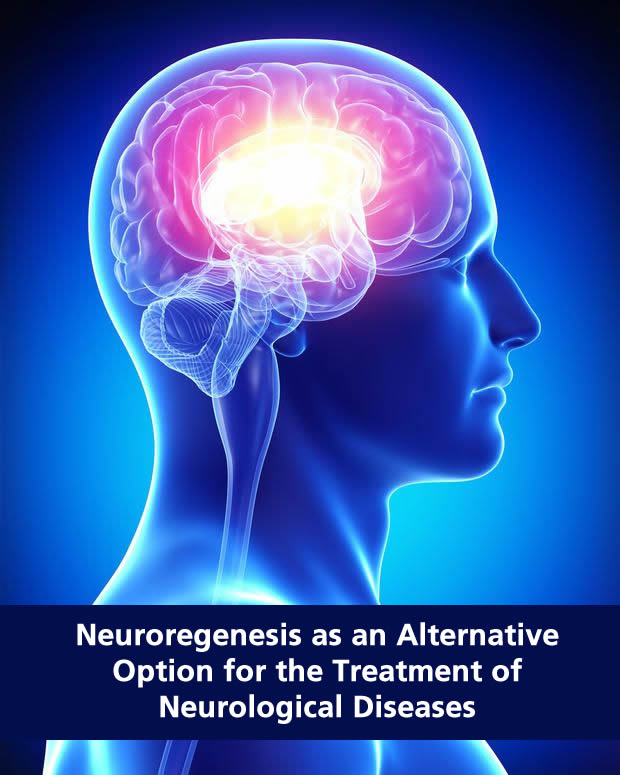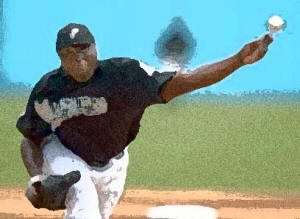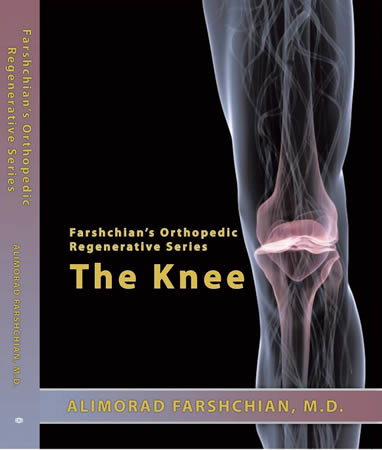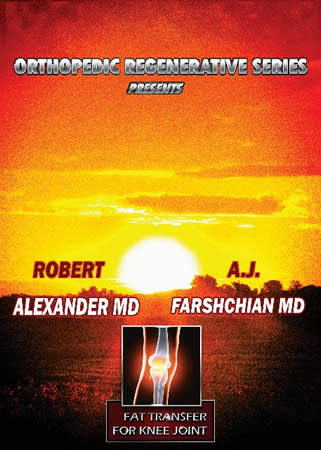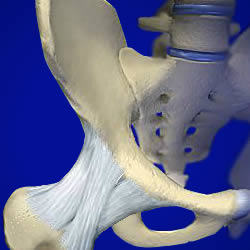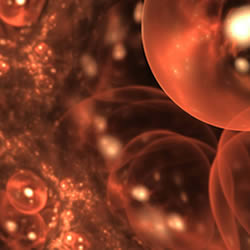Hip pain resulting from the back
- Home
- Case Studies
- Hip pain resulting from the back
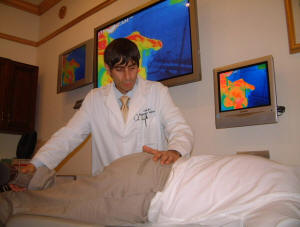
Hip pain resulting from the back
Patient is an 83 year old male from Amish country. Patient complains of hip pain, states the whole hip has been hurting him now for almost 1 year. Patient has a history of decompression surgery of his lower back two years ago. Otherwise his past medical history is unremarkable , he does not take medication and he still works full time in his farm. He does not smoke and does not drink Alcohol. Patient describes the pain over the anterior and posterior aspects of the right hip. Patient is reporting primary pain during prolong weight bearing activities. His X-ray studies are negative for osteoarthritis of the Right Hip.
Evaluation results: (-) Lumbosacral dysfunction (+) Right Sacral iliac joint arthralgia (+) Right Lumbar Myalgia (+) Substantial Congestion - Right Lumbar (-) NTM (Neurol Tension Maneuver) of bilateral Lower Extremities
Discussion: The ability to identify the cause of a pain pattern is very important. Primarily because the longer it takes to uncover the origin of the pain, the longer the patient will suffer with the pain. No other pain pattern is more symbolic of this required immediate resolution than the pain along the hip area. Is the pain originating from the lower back or is it coming from the hip; or even from the back and hip? To differentiate the examiner has to understand that the hip joint and the low back are mechanically intertwined. The hip joint relies on the low back for its mechanical integrity and the low back relies on the hip for its structural preservation. There exists a symbiotic biomechanical relationship between these two parts of the body. It is precisely this symbiotic mechanical union which makes diagnosing pain patterns in the area so difficult. What we have learned at our Center (CRM) is to evaluate all possible offending tissues individually. Each tissue is assigned a specific provocative maneuver. As each tissue is cleared by each assigned test, slowly a working diagnosis is established.
Posted by Romon Garcia R.P.T.* *
Roman Garcia R.P.T. is the staff Physical therapist at the Center for Regenerative Medicine, he is the developer of the Prone External Rotation Test (P.E.R.T.). This test is specific for lower quadrant dysfunction. The majority of our patients who are positive for the P.E.R.T. will demonstrate increased structural changes in the lower quadrant when compared to the other side. Hence with the P.E.R.T. and a simple X-ray, a hip condition should easily be ruled out as a cause of the pain. the above picture shows the examiner doing P.E.R.T. on a patient.
Case Study Date: 1/4/2010







